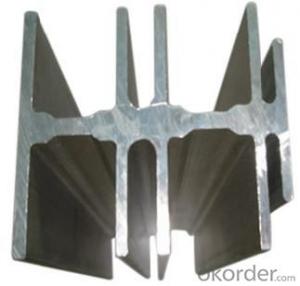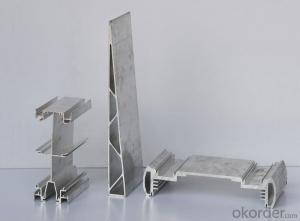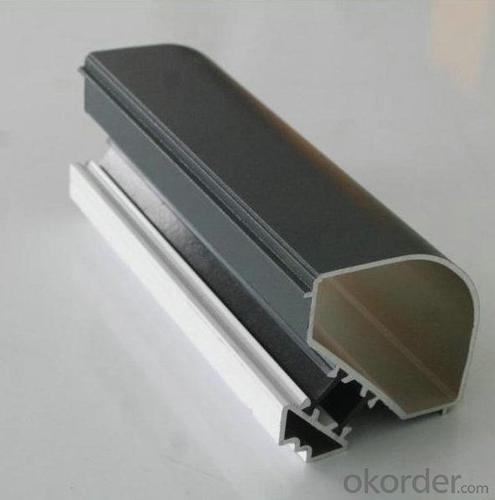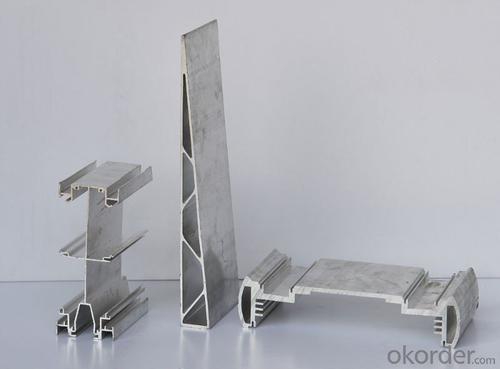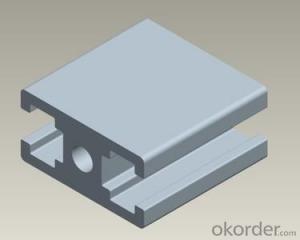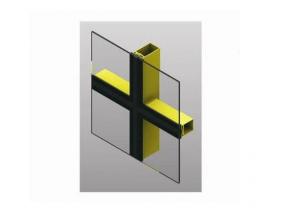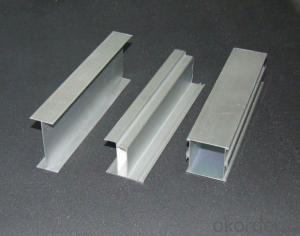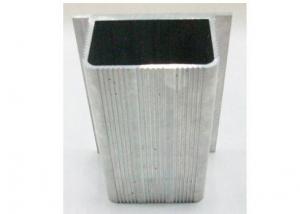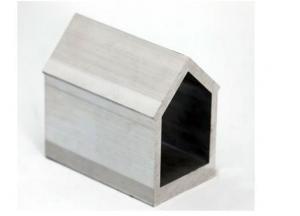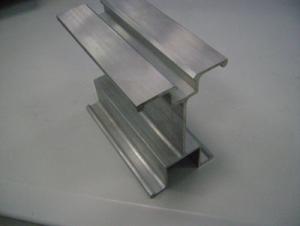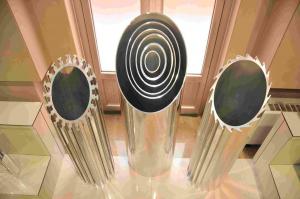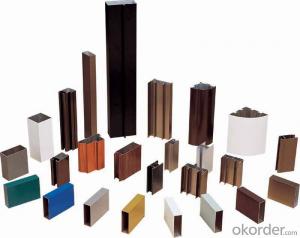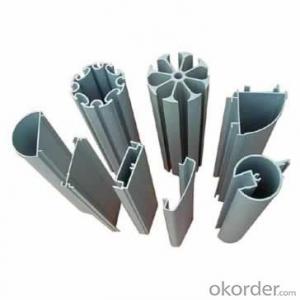Customized Schuco Aluminum Extrusion Profile
- Loading Port:
- China Main Port
- Payment Terms:
- TT OR LC
- Min Order Qty:
- -
- Supply Capability:
- -
OKorder Service Pledge
Quality Product, Order Online Tracking, Timely Delivery
OKorder Financial Service
Credit Rating, Credit Services, Credit Purchasing
You Might Also Like
Material | Alloy 6063,6061,6005or according to customer’s choice |
Temper | T3, T4, T5, T6 |
Surface | Anodize, electrophoresis, powder coating, PVDF coating, wood grain painting, matted, etc. |
Color | Any colour based on Standard Germany RAL Mark |
Length | Coating 6.5 meters, Anodizing 6.5 meters, Mill finish 5 meters |
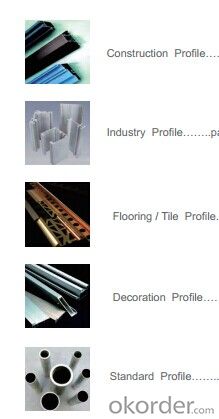

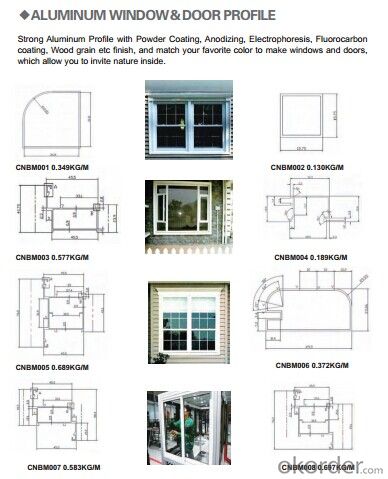
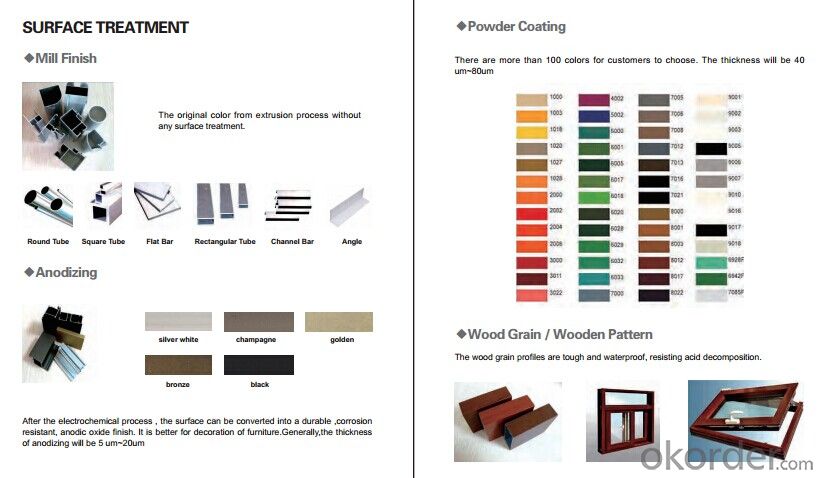
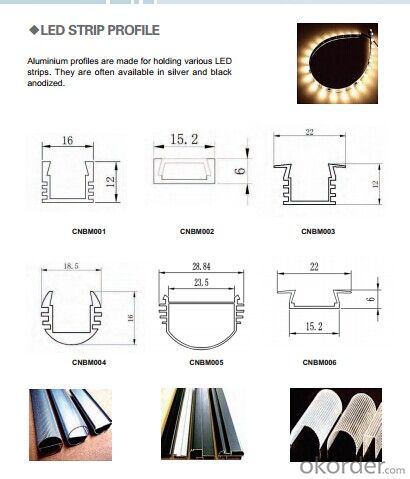
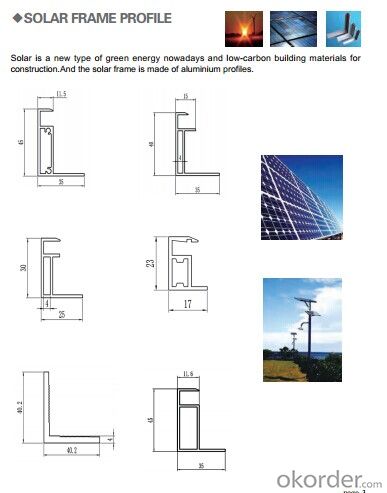
- Q: Request recommended professional aluminum manufacturer?
- Jing Long aluminum, aluminum strip and aluminum wafer production capacity of 60000 tons, this piece in Shangqiu, still have the strength, is a professional production and processing, wholesale distribution of aluminum, hot-rolled plate, hot rolled plate, aluminum plate, aluminum plate, roll spindle is the main.
- Q: Tips for identifying aluminum profiles
- Of course, you can also put the same type of profiles in a comparison, of course, if the color is too obvious, super good to buy. Check whether the thickness of the aluminum profile is the same as the model marked.After the ultra hard material, smooth surface can be used to draw the profile, leaving a white scratch, aluminum gently wipe and observe, if cannot be erased, indicating the material may have quality problems, but instead if you can easily wipe that film thickness of material surface is qualified.
- Q: Are aluminum profiles suitable for automotive heat exchangers?
- Automotive heat exchangers can effectively utilize aluminum profiles due to their numerous advantages. Firstly, aluminum possesses outstanding thermal conductivity, enabling efficient heat transfer between mediums. This quality allows aluminum heat exchangers to effectively dissipate heat generated by vehicle components such as the engine or transmission. Secondly, aluminum profiles are both lightweight and strong, making them a preferred option in the automotive industry. Weight reduction is crucial for improved fuel efficiency and performance, and aluminum heat exchangers contribute to this goal. By utilizing aluminum, overall weight is reduced, resulting in better handling, acceleration, and energy efficiency. Furthermore, aluminum exhibits high resistance to corrosion, even in harsh environments, making it highly suitable for automotive applications. This corrosion resistance ensures the durability and reliability of heat exchangers, reducing maintenance and replacement costs. Additionally, the manufacturing and formation of aluminum profiles into complex shapes is a simple task. This flexibility in design allows for customized heat exchanger designs that meet specific automotive requirements. The ability to efficiently utilize available space and maximize heat exchange surface area enhances overall performance. In conclusion, aluminum profiles are an excellent choice for automotive heat exchangers due to their exceptional thermal conductivity, lightweight yet strong properties, corrosion resistance, and design flexibility. These qualities make aluminum the ideal material for effectively managing heat in vehicles, resulting in improved performance, fuel efficiency, and durability.
- Q: Can aluminum profiles be used for modular storage systems?
- Yes, aluminum profiles can be used for modular storage systems. Aluminum is a lightweight and durable material that is commonly used in various industries, including storage and shelving systems. Its versatility allows for easy customization and the ability to create modular units that can be easily assembled, disassembled, and reconfigured as needed. Additionally, aluminum profiles provide a sleek and modern aesthetic to storage systems.
- Q: The surface of pure aluminum is relatively soft, too hard to be machined, and the other to be polished. If you want to harden the aluminum parts you produce. What's the way?. Please expert pointing
- 1. anodized try, in the surface can form several um thickness alumina protective layer, improve corrosion resistance and wear resistance. In addition, if you can change materials, you can choose 2024T4 (Ying Lv).2.6063 aluminum alloy Brinell hardness should be about 12, Brinell hardness should be at 120-160HB. Hardness, physics, term in which materials resist the hard material pressing into its surface is called hardness. The local resistance of solids to the invasion of external objects is the index of soft and hard materials. There are different hardness standards due to different testing methods. The mechanical meanings of various hardness standards are different and can not be directly converted to each other, but they can be compared by experiment.
- Q: Are aluminum profiles suitable for greenhouse structures?
- Yes, aluminum profiles are suitable for greenhouse structures. Aluminum is a popular material choice for greenhouse frames due to its durability, lightweight nature, and resistance to corrosion. Aluminum profiles provide strength and stability, allowing for the construction of a sturdy greenhouse structure that can withstand various weather conditions. Additionally, aluminum is easy to work with and can be easily customized to meet specific design requirements. It is also a low-maintenance material, requiring minimal upkeep over time. Overall, aluminum profiles are a reliable and practical choice for greenhouse structures.
- Q: Can aluminum profiles be used in automotive applications?
- Yes, aluminum profiles can be used in automotive applications. Aluminum profiles are lightweight, strong, and corrosion-resistant, making them suitable for various automotive components such as body panels, chassis parts, and engine components. Their use helps reduce the overall weight of the vehicle, improving fuel efficiency and performance.
- Q: How do aluminum profiles perform in wind-resistant structures?
- Aluminum profiles perform exceptionally well in wind-resistant structures due to their inherent strength and durability. The lightweight nature of aluminum makes it an ideal material for constructing structures that need to withstand high wind loads. Additionally, aluminum exhibits excellent corrosion resistance, ensuring its longevity in outdoor environments. Its flexibility allows for creative and efficient design solutions, while its high stiffness-to-weight ratio provides structural integrity. Overall, aluminum profiles offer superior performance in wind-resistant structures.
- Q: Explain the various methods used to connect aluminum profiles in construction.
- <p>In building construction, aluminum profiles can be joined together using several methods: 1. Mechanical fastening, which includes bolts, screws, and rivets. 2. Welding, which permanently fuses the profiles together using heat. 3. Adhesive bonding, which uses specialized adhesives to bond the profiles. 4. Clipping or snap-fit connections, which use spring-loaded clips or interlocking parts. 5. Mortise and tenon joints, where one profile has a projection that fits into a hole in another. 6. Socket and pin connections, where a pin is inserted into a socket on the profiles. These methods can be used individually or in combination, depending on the specific requirements of the construction project.</p>
- Q: How many tons of aluminum can be produced by a ton of aluminium ingots?
- There are many factors to consider in this problem, and in the case of insufficient conditions, we can only compare them by using the hypothesis method. But personally think that a meal of aluminum ingots can definitely make a full or more than a ton of aluminum. The product is Aluminum Alloy, pure aluminum processed into Aluminum Alloy, so the process is sure to add other metal components (such as silicon, iron, copper, manganese, magnesium, zinc, chromium, titanium), assuming that the pure aluminum ingots is one hundred percent, so in the process of loss amount the amount of aluminum must be smaller than the metal, so the results will come out
Send your message to us
Customized Schuco Aluminum Extrusion Profile
- Loading Port:
- China Main Port
- Payment Terms:
- TT OR LC
- Min Order Qty:
- -
- Supply Capability:
- -
OKorder Service Pledge
Quality Product, Order Online Tracking, Timely Delivery
OKorder Financial Service
Credit Rating, Credit Services, Credit Purchasing
Similar products
Hot products
Hot Searches
Related keywords

